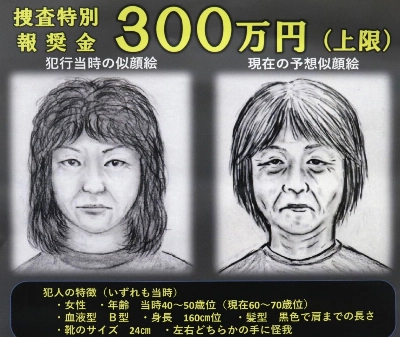As a location where East meets West and with its historic streets blending into the modern city landscape, Macau retains a distinctive, mysterious charm that appeals to travelers.
Macau comprises three major areas: the busy city area, which is connected to Mainland China and which is the location of numerous historic buildings, museums, gardens, markets and other attractions; the rapidly developing Taipa Island, home to a race course, an international airport, top-class international hotels with resorts and casinos, and the Macau Stadium and Olympic Aquatic Center, the venue for the 2005 East Asian Games; and finally, Coloane Island, a countryside of sweeping green hills, valleys, traditional villages and beach-lined bays.
Macau's history is quite unique as it was ruled by the Portuguese for over 400 years before being returned to China in December 1999. From around 1550, Macau prospered as an intermediary trade center between the East and the West. In addition, the Roman Catholic Church sent some of its largest missions to Macau, turning it into an important religious epicenter. Due to its unique background, this small city of a mere 27.3 sq. km has become a cluster of invaluable architecture from the East and the West: Taoist temples from the Ming Dynasty stand close to 18th century baroque churches, and colonial palaces sit beside Chinese courtyards.

















With your current subscription plan you can comment on stories. However, before writing your first comment, please create a display name in the Profile section of your subscriber account page.